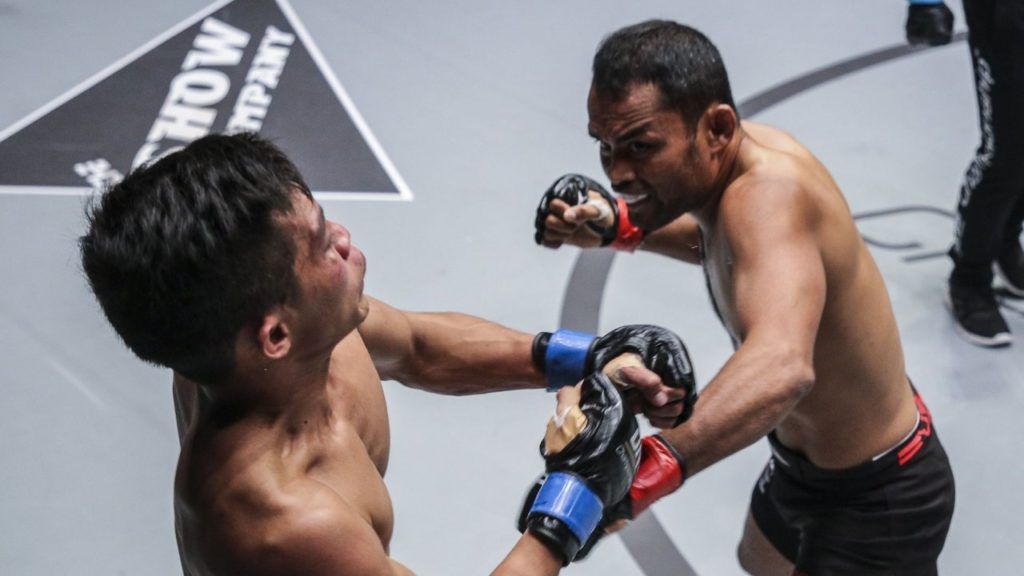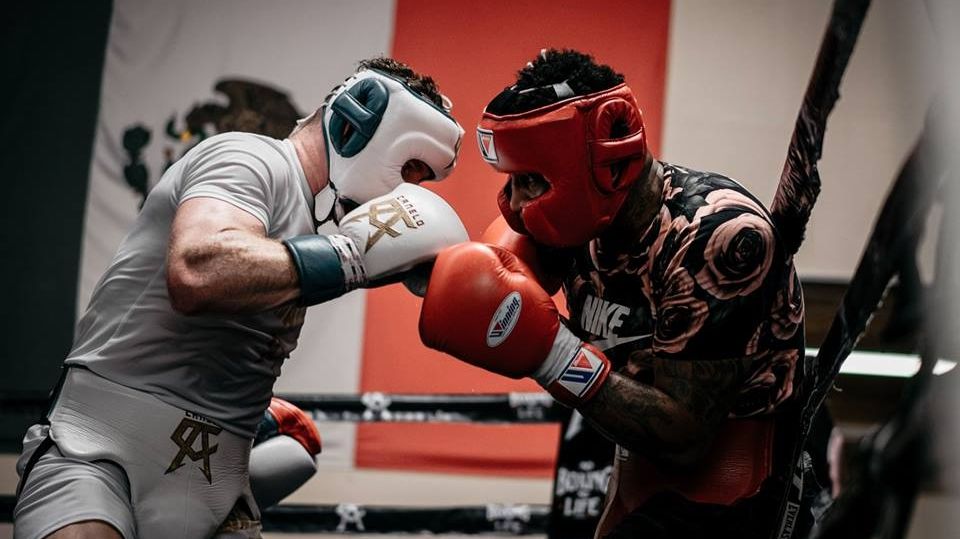In either case, you are in a good position. Boxing, much like wrestling, is one of the best ‘bases’ to build your striking game around before entering mixed martial arts. For a long time, dominant collegiate wrestlers from around the world have entered the sport and experienced tremendous success because of their grappling experience. However, we are now starting to see accoladed boxers enter the cage and use their hands to significant effect.
Throughout this article, we will be analyzing the best mixed martial artists in the world and studying their boxing techniques inside the cage. We will also detail fundamental boxing techniques and how each of these can be applied in mixed martial arts so that you can transition to the sport with relative ease and confidence.
Today, Evolve Vacation brings you “Is Boxing Good For MMA? (And 3 Tips For Boxers In MMA)”.
Looking at the top

Boxing is an important part of MMA.
If you want to learn how to do something effectively, look at the people in the world who are doing it the best.
This applies to much more than just combat sports. Whether it is simple things such as productivity, interviewing, public speaking, or science, plenty can be learned from successful and proven people in the field.
Right now, many high-level mixed martial artists are using their boxing abilities to win world championships all over the world.
Conor McGregor’s lethal left hand carried him all the way to two championships in the UFC. In ONE Championship, Martin Nguyen has captured the featherweight and lightweight championship after memorable victories against Marat Gafurov and Eduard Folayang by connecting with a well-timed right-hand counterpunch on both occasions.
Of course, McGregor and Nguyen have a completely well-rounded game, but their devastating punching ability has been the primary reason for their success.
Not so simple
Despite all of the success that heavy-hitters are having in MMA, the crossover from boxing to mixed martial arts is not so simple.
In fact, the entire concept of boxing in MMA is fundamentally different to that of inside a boxing ring.
Although Conor McGregor is regarded as one of the better boxers in the UFC, his actual boxing ability is probably quite average when we are speaking about professional boxers. That is simply because it is a whole different world.
In the same way that McGregor’s punching ability did not translate immediately to boxing against Floyd Mayweather (no surprises there), boxing ability does not convert to mixed martial arts all that simply either.
The differences
Whereas the transition from MMA to boxing involves the limitation of some of your most renowned striking weapons (kicks, elbows, and knees), moving from boxing to MMA means that your two available weapons are still available.
However, these two strikes come with different consequences inside the cage and even the most basic of concepts are thoroughly changed.
One of the most understated differences between boxing and MMA is this size of the gloves. Boxing gloves are much larger and therefore allow for easier parrying and deflection of incoming punches. As a response to this form of defense, top-level boxers such as Gennady Golovkin and Vasyl Lomachenko use each of their strikes to build-up to the next one. For example, a 1-2-3 combination will use the jab and straight hand to open up the potential for a damaging lead hook. The first couple of strikes in a combination might not land, but they can be used to connect with the final blow of the series.
In MMA, however, the gloves are much smaller. That means that it is immediately more difficult to defend incoming punches with your hands and gloves. Of even more importance, the strikes become all the more damaging due to less padding. Even still, hands are the least harmful of all available techniques in MMA, because shins, elbows, and knees remain unpadded.
So, where are we going with this?
In every combat sport, there is an action and a reaction.
When you act (strike) in MMA, the consequences are more severe because the reaction (counterstriking) can be all the more dangerous. Missing with a right hook means that your opponent can return an elbow or even change levels and shoot a takedown attempt to take the fight to the ground.
Here are three tips when using boxing in MMA.
Careful with combinations
OHHH @MarkHunt1974 ROCKS Blaydes, but @RazorBlaydes265 recovers and gets the takedown! What a round! #UFC221 pic.twitter.com/0tda493rPa
— UFC (@ufc) February 11, 2018
Combinations are essential in boxing. In MMA, they are incredibly important as well, but it is important not to get too attached to throwing lengthy combinations.
As mentioned earlier in this article, boxers use their punches to set up the final blows of a series. By committing to a combination too eagerly in MMA, it gives your opponent an opportunity to evade or shoot for a takedown. The range between you and your opponent in MMA is much greater than in boxing, so it is more challenging to land combinations already. Mixed martial artists prefer to rely on footwork to evade strikes rather than blocking with their hands, so there isn’t a need to create openings by navigating past their gloves, either.
Rather than overcommitting to lengthy combinations, use your feints to set up your opponent for a series of devastating strikes.
In the example below, Mark Hunt attacks Curtis Blaydes with combinations after stunning him rather than patiently waiting for his opportunity to strike. This one moment arguably cost him the contest at UFC 221.
The importance of feinting
Following on from the first tip, feinting is valuable to all mixed martial artists. Because kicking is also involved, feinting with your hands can not only set up your punches but your kicks as well.
Proper use of feinting keeps your opponent concerned about your attacks and effectively disables their offense, as well. As you progress, you will begin to read your opponent’s reaction to particular movements, and that will allow you to commit to your offense with confidence.
In the example above, Hunt could have used feints to back Blaydes up to the cage before committing to more punches rather than diving in with a lunging left hook.
Evade, don’t block
https://www.youtube.com/watch?v=UJm8-SLjDkM
One of the biggest difficulties for boxers entering MMA is the importance of not using their gloves and forearms to block incoming punches. In boxing, you can stand in front of your opponent and deflect blows with your arms and tire your opponent out before launching a combination of your own.
In MMA, however, blocking your opponent’s punches means that are likely standing flat-footed and not in an excellent position to sprawl and defend your opponent’s takedowns. If your opponent strikes with a 1-2 before shooting underneath and securing a double-leg takedown, your arms would have been too high to dig for underhooks if you decided to block with your forearms. If you are confident in your Brazilian Jiu-Jitsu (like the Nick and Nate Diaz are), you can block with your forearms and not be too concerned about an opponent shooting in underneath.
Rather than blocking, you should look evade your opponent’s incoming strikes with effective footwork. For a great example of how to use defensive footwork to set up your offense, revisit Cody Garbrandt’s dominant performance against Dominick Cruz at UFC 207. Garbrandt used a combination of head movement techniques including dips and slips, as well as creating new angles with his feet to avoid the strikes of Cruz before answering back with punches of his own.
Boxing is fantastic for MMA, but you have to consider and appreciate the vast differences between the two sports. If you can adapt your boxing style to a style that is more accommodating to mixed martial arts, you could experience success in training and competition.
























